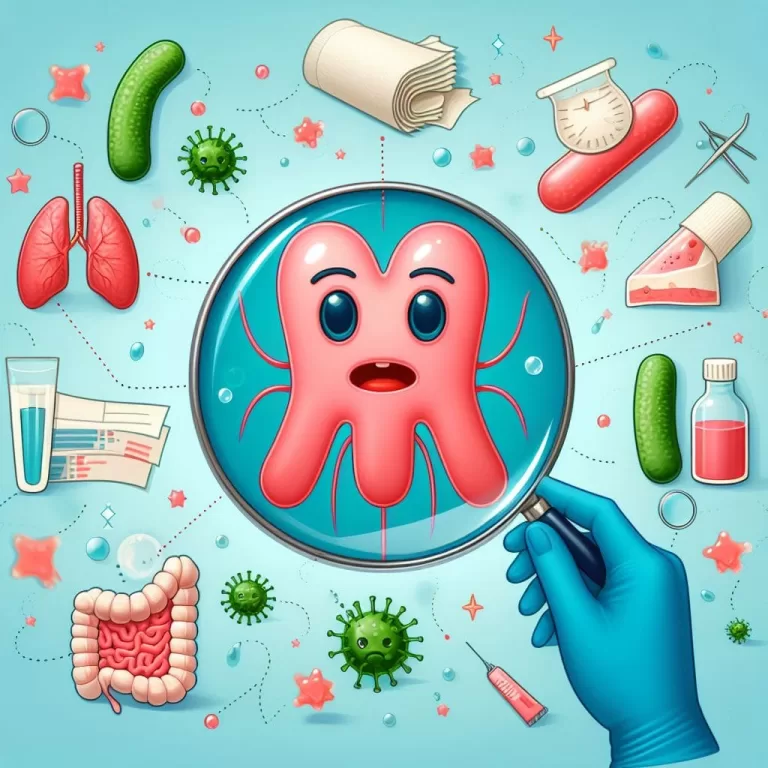Pustules
**Pustules: A Comprehensive Overview for Dermatology Professionals**
Pustules are raised, fluid-filled lesions commonly associated with dermatological conditions. This medical post_tag provides an in-depth review of pustules, covering their classification, causes, clinical presentation, differential diagnosis, and management strategies.
**Definition and Classification**
Pustules are characterized by their small size (<5mm), round shape, and purulent contents. They can be classified based on their morphology, duration, and location: * Vesicopustules: Early lesions with a thin, fragile roof filled with serous or purulent fluid * Superficial pustules: Short-lived (less than 24 hours) lesions located in the epidermis * Deep-seated pustules: Persistent (more than 24 hours) lesions extending into the dermis or subcutaneous tissue **Causes** Pustules can arise from various causes, including: * Bacterial infections (e.g., staphylococcal impetigo) * Viral infections (e.g., herpes simplex virus) * Fungal infections (e.g., candidiasis) * Autoimmune disorders (e.g., psoriasis) * Allergic reactions * Drug eruptions **Clinical Presentation** Pustules can vary in appearance depending on the underlying cause, presenting with: * Yellowish-white or golden-yellow heads * Pain or tenderness * Surrounding erythema or edema * Scaling or crusting **Differential Diagnosis** Differential diagnosis of pustules includes: * Varicella-zoster virus infection * Bullous impetigo * Scabies * Folliculitis * Contact dermatitis **Management Strategies** Management of pustules depends on the underlying cause and severity of the skin lesion. Treatment options may include: * Topical antimicrobials (e.g., mupirocin) for bacterial infections * Antifungal medications (e.g., clotrimazole) for fungal infections * Corticosteroids for autoimmune disorders or allergic reactions * Specialized therapies (e.g., phototherapy, systemic retinoids) for complex or recalcitrant cases
Helicobacter Pylori Infection: Unveiling Its Connection to Rosacea

Helicobacter pylori (H. pylori) infection may contribute to rosacea, but more research is necessary to clarify the link between these conditions. Rosacea is a chronic inflammatory skin condition that causes redness, flushing, and rash on the face. The redness typically…
